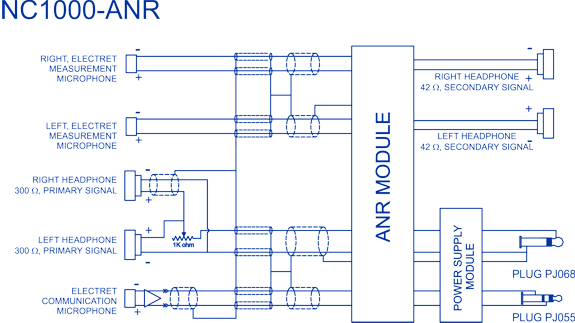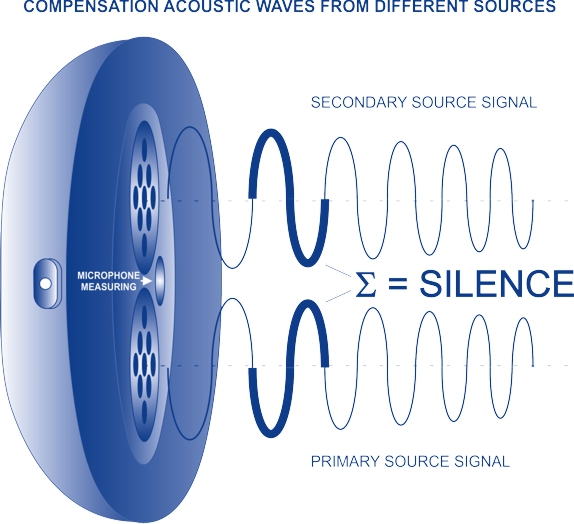No products
FAQ
- How the Balanced armature driver works
- How to choose a right helmet size
- Fiberglass or carbon fiber?
- How to choose a right microphone
- What are the dual-coil speakers
- How the active noise reduction works
- How to choose a right plug type
- How to NC-BT/ANR module works
- Headsets compatibility
- Jakie słuchawki lotnicze wybrać
While the principle of headphones with passive damping is not in doubt, so much the technology of active noise reduction is often little understood phenomenon.
Our experience shows that there are two basic criteria most often driven by customers when choosing aviation headphones - weight, and the efficiency of noise reduction. Unfortunately, passive sound isolation methods are in some frequency ranges a bit limited, which is associated mainly with the following relationships:
- The absorption coefficient increases with the thickness of the soundproofing material and with increasing the frequency of the incident sound wave on it.
- Acoustic waves which length is comparable to the shield thickness, passing through shield deflect at its edges, whereby the noise level on the other side of the shield is not a lower, and sometimes even higher than prior to installation.
With mentioned above to achieve effective noise reduction in the low-frequency ear cups should be of large size and weight, which made them virtually unusable.
Disadvantages of these methods do not have active noise reduction. The basis of these solutions is the use of additional audio sources controlled. The noise propagates in the form of acoustic waves. From the research on wave phenomena we know that the waves from different sources in certain specific conditions, overlap each other and compensate together. Generating, using the previously mentioned additional sources of acoustic wave with appropriate parameters, use the phenomena of overlapping waves to obtain a noise reduction. In terms of methods of active noise source is called the primary and additional sound source is called secondary sources.
Active systems installed by us in headphones NC-1000ANR consist of interconnected three main components - the decoder reference signal (microphones placed inside the shell), independent left and right shells control system, and the source of the secondary (second insert placed in the shell). The principle of such a circuit is to generate the second insert audio signal of the same frequency and the same amplitude as the original signal but inverted in phase to him. Of course, it is important also to signal generated Secondary concerned only important from the point of view of noise reduction sound. Management of the secondary must be done at the same time with very high precision, because in order to obtain attenuation greater than 20 dB level difference of acoustic pressure wave of primary and secondary must be less than 1 dB and phase shift between them should deviate from 180 ° by more than 5 °. These conditions are extremely difficult to meet without the use of appropriate advanced electronic techniques, so that the method P. Lueg used in its patent application already in 1936. Has become a useful tool in the fight against the noise only with the mastery of advanced digital signal processing techniques.

The technology used by ANR headphones NAVCOMM air has been tested in the laboratory using a research methodology developed and described by the US Environmental Protection Agency (EPA) in the document Regulation 40 CFR Part 211. Subpart B (The Range of Noise Reduction Rating for Existing Hearing Protection). As a result of the measurement noise ratio (NRR - Noise Reduction Ratings) has been set at 24dB, which gives one of the best results among manufacturers of handsets with active air damping.



